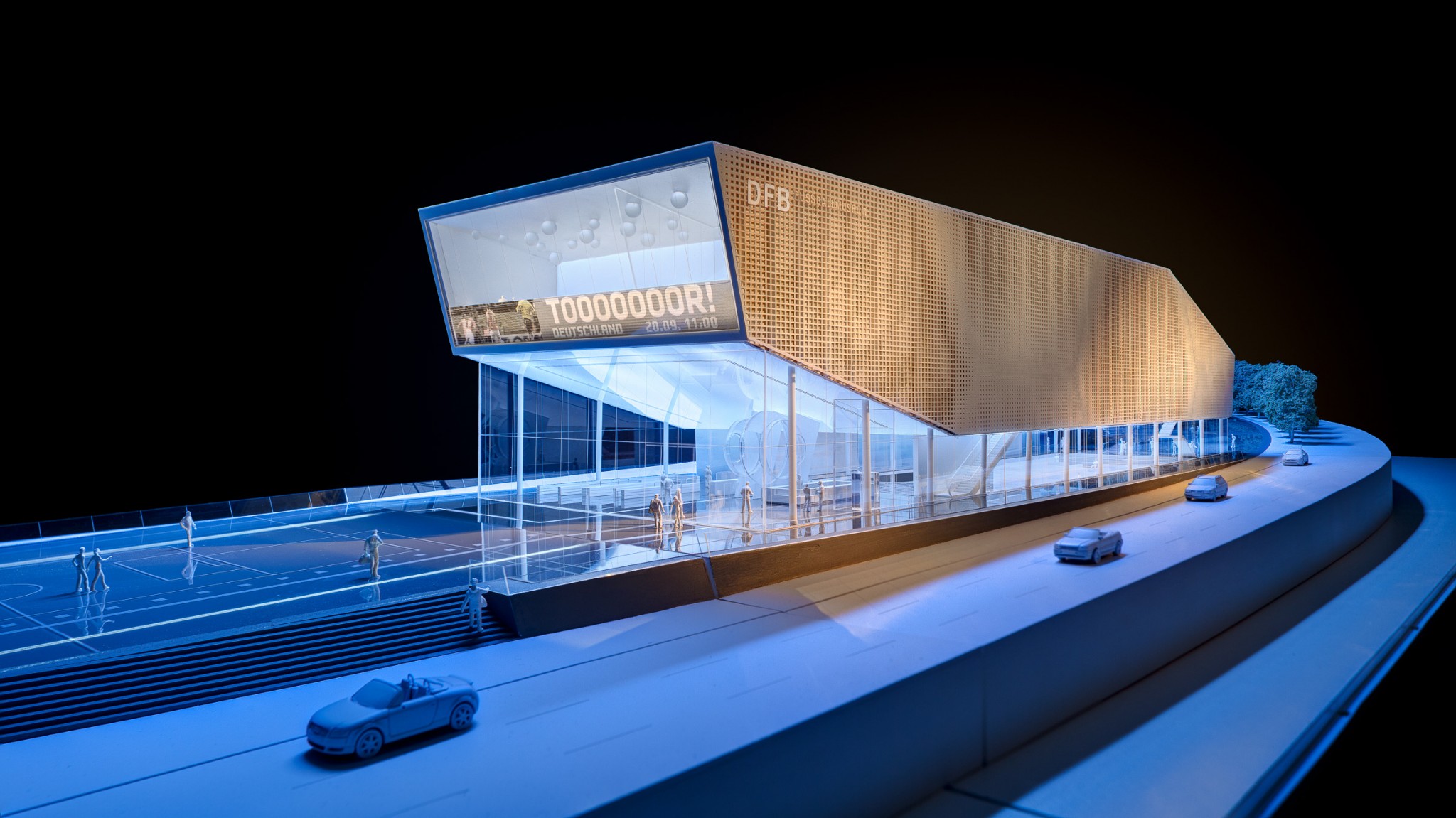Introduction to the Real Estate Model Singapore
Singapore presents a unique case in global real estate, where a highly organized and innovative approach has been implemented to manage housing and urban development. The real estate model Singapore is widely studied and admired for its effective blend of government intervention and market dynamics, achieving high home ownership rates and a vibrant urban landscape. With a focus on both efficiency and accessibility, Singapore’s real estate model showcases how public policy can tackle housing challenges effectively while fostering growth.
Overview of Singapore’s Housing Landscape
Singapore’s housing landscape is characterized by a high rate of home ownership, extensive public housing programs, and a central role played by the government in real estate development. Approximately 80% of Singaporeans reside in public housing built by the Housing and Development Board (HDB), highlighting the success of the public housing scheme in addressing the diverse needs of residents. This model not only reflects the socio-economic framework of the nation but also incorporates innovative designs and sustainability initiatives to enhance the quality of life in urban settings.
The Role of Government in Real Estate Development
The government of Singapore plays a pivotal role in its real estate development through policies that emphasize land ownership, planning, and financing. The Ministry of National Development (MND) oversees the housing and urban development sector, ensuring effective allocation of resources and strategic planning. This government involvement helps maintain a balanced market, responding to fluctuations in demand and preventing excessive speculation that could lead to housing crises. Furthermore, through initiatives like the Government Land Sales (GLS) program, private developers are invited to participate in building projects, thus promoting public-private partnerships.
Key Features of Singapore’s Housing Policies
Singapore’s housing policies include several key features that enhance their effectiveness:
- Mixed-Use Developments: Many housing estates incorporate commercial spaces, recreational areas, and community facilities, creating self-sufficient neighborhoods that enhance resident convenience.
- Affordable Financing Options: The government provides various financing options, including grants and subsidies for first-time buyers, making homeownership more accessible.
- Transformative Urban Planning: Initiatives like the Parks and Waterbodies program integrate nature within urban settings, promoting biodiversity and improving residents’ quality of life.
- Community Engagement: The government regularly engages with citizens through surveys and consultations, ensuring resident input shapes housing policies and designs.
Understanding Public Housing in Singapore
Public housing in Singapore has been instrumental in shaping the nation’s urban landscape and social fabric. The HDB, established in 1960, has constructed over a million housing units that cater to diverse income groups within the population.
Types of Housing Options Available
Singapore offers a range of public housing options aimed at catering to different demographics and income levels:
- HDB Flats: These are the most common form of public housing, comprising various apartment sizes and configurations to suit families of different sizes and income levels.
- Executive Apartments: Aimed at middle-income families, these larger apartments provide more amenities and space, often incorporating modern designs.
- Rental Flats: For lower-income households, HDB provides rental options at subsidized rates, ensuring that basic housing needs are met.
- Studio Apartments: Designed for the elderly and singles, these smaller units offer essential living space while promoting independent living.
Impact of Housing and Development Board (HDB)
The HDB significantly influences the housing market dynamics in Singapore. Its proactive stance in urban planning and development has ensured a steady supply of affordable housing, which is critical for maintaining social stability. Policies by the HDB have not only addressed immediate housing needs but also predicted future demands by assessing demographic trends and urban growth patterns. Initiatives such as the Lift Upgrading Programme and Home Improvement Programme are some examples of how HDB continually enhances the living conditions in older flats.
Public Housing Pricing Models
Pricing structures for public housing in Singapore are designed to ensure affordability while sustaining the HDB’s financial viability. The key elements of these pricing models include:
- Subsidized Pricing: Housing grants and subsidies for first-time buyers enable lower-income families to purchase their own homes.
- Market-Adjusted Pricing: HDB prices are regularly reviewed and adjusted based on market forces to prevent speculative buying and maintain affordability.
- Transparent Process: The process of applying for and purchasing HDB flats is straightforward and transparent, ensuring that all citizens understand their options.
Challenges in Singapore’s Real Estate Sector
While Singapore’s real estate model has achieved many successes, it faces several challenges that require ongoing attention and innovative solutions.
Affordability Issues and Solutions
Affordability remains a significant challenge in Singapore’s housing market, particularly for younger and low-income families. Rising property prices, coupled with stagnant wages, have led to increased concern over home ownership accessibility. To combat this, the government has introduced several targeted initiatives:
- Enhanced Housing Grants: Increased grants for first-time buyers, particularly for those purchasing smaller flats, help bridge the affordability gap.
- New Supply Initiatives: The HDB regularly launches new housing projects and lands to ensure adequate supply matches population growth and demand.
- Regulatory Measures: Policies to limit speculative buying and promote longer-term residential living ensure a balanced and sustainable housing market.
Market Fluctuations and Their Impacts
Market fluctuations can disrupt the housing sector, leading to volatility in prices and impacting home ownership rates. To mitigate the effects of economic cycles:
- Counter-Cyclical Measures: The government can implement measures to dampen overheating in the market, such as tightening loan-to-value ratios.
- Long-term Visioning: Strategic policies that plan for future economic changes ensure that Singapore’s housing model remains resilient.
Environmental Concerns in Housing Development
As urbanization increases, environmental sustainability has become a critical concern. Housing development projects must balance growth with ecological preservation. Solutions adopted include:
- Green Building Certifications: Encouraging adherence to green building standards ensures that new developments minimize their carbon footprint.
- Integrated Urban Planning: Incorporating environmental concerns in planning reduces the adverse effects of urban sprawl on ecosystems.
Comparative Analysis of Real Estate Models
To derive valuable insights, it is vital to analyze Singapore’s real estate model against those of other nations, identifying strengths and potential areas for improvement.
Singapore’s Model vs. Other Nations
Contrasting Singapore’s model with housing policies in other countries reveals distinctive features. For instance:
- Public-Private Partnerships: Unlike many countries where private developers dominate, Singapore’s model integrates strong government roles with private sector collaboration.
- Heart of Public Housing: Few countries match Singapore’s commitment to high-quality public housing accessible to the majority of the population.
Best Practices from the Singapore Experience
Successful practices that can be emulated by other countries include:
- Comprehensive Planning: A systematic approach to urban planning that involves the community can increase the effectiveness of housing initiatives.
- Sustainability as a Core Value: Incorporating sustainability at every level of housing development enhances long-term viability.
Lessons Learned for Future Development
Future housing policies can draw on the lessons learned from Singapore’s experiences:
- Adaptability: Policies need to adapt to changing demographics and social expectations to remain relevant and effective.
- Engage the Community: Involving citizens in decision-making processes fosters community investment and satisfaction.
Future Trends in Singapore’s Real Estate Market
The future of Singapore’s real estate market is poised for evolution, with technological innovations and regulatory changes shaping the landscape.
Technological Innovations in Building Construction
Advancements in building technology are transforming how homes are designed and constructed. Innovations such as prefabrication and smart building technologies enhance efficiency and reduce waste in the construction process. Additionally, smart home technologies improve living experiences, optimizing energy consumption and enhancing security.
Government Regulatory Changes and Their Effects
Anticipated regulatory changes may impact how real estate is bought and sold. Adjustments in taxes, financing options, and development regulations are expected to influence market dynamics, ideally fostering an environment conducive to sustainable growth and affordability.
Predicting Market Trends: What to Expect
As Singapore continues to evolve and grow, various market trends are expected to emerge:
- Increased Demand for Eco-Friendly Housing: With rising environmental consciousness, the demand for sustainable and eco-friendly housing solutions is likely to grow significantly.
- Integration of Technology in Real Estate: Continued integration of smart technologies will shape living experiences, with homes becoming increasingly automated and energy-efficient.
In summary, Singapore’s real estate model serves as a compelling case study for housing policy innovation. By balancing government intervention with market mechanisms, Singapore has crafted a framework that addresses the diverse needs of its populace while maintaining a commitment to sustainability and quality living.



